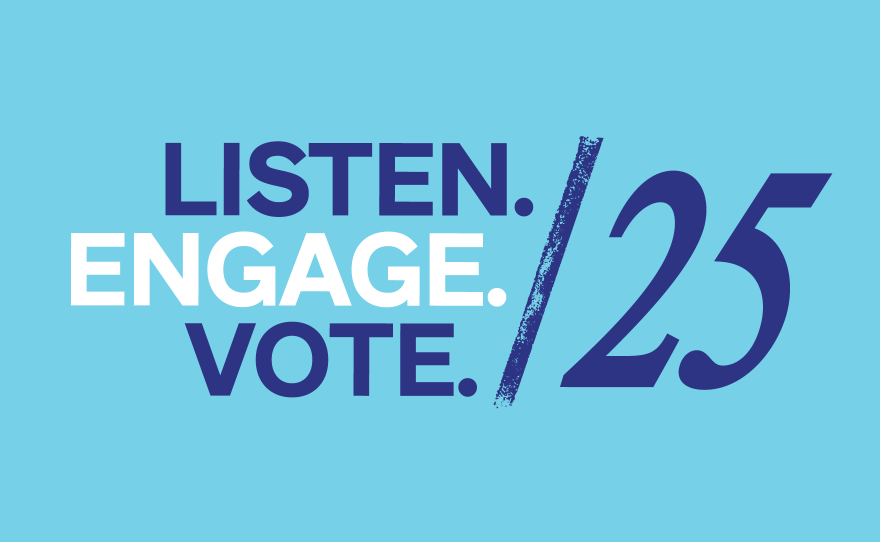The agreement means a new home in Kent for Bio-Med Science Academy's kindergarten-through-sixth-grade program.
Latest Headlines
- 'Bomb cyclone' forecasted to bring heavy snow, blizzard conditions and dangerous travel
- Brigitte Bardot, sex goddess of cinema, has died
- Trump says Ukraine and Russia 'closer than ever' to peace after talks with Zelenskyy
- Kennedy Center vows to sue musician who canceled performance over Trump name change
- Our top global photo stories from 2025: Fearless women, solo polar bear, healing soups
Editors' Picks

50 to 70 million Americans have sleep disorders, according to the National Institutes of Health. Sleep deficiency can interfere with work, school and social functioning, and it is also linked to chronic health problems such as heart disease, kidney disease and diabetes.
-
From KPop Demon Hunters to Taylor Swift, 2025 showed no shortage in pop culture obsessions.
-
Returns come with an environmental cost, but there’s a lot consumers and companies are doing to minimize it.
-
Efforts to foster the next generation of freshwater stewards have been successful, according to Cuyahoga County officials.
-
Voters elected three new Akron school board members and reelected another current member but ousted the board's president.
-
President Trump set the process in motion to ease federal restrictions on marijuana. But his order doesn't automatically revoke laws targeting marijuana, which remains illegal to transport over state lines.
-
Alaska Airlines is the latest airline to ground its planes because of an IT meltdown. We talked to industry leaders about why these systems fail, and what airlines can learn from past disruptions.
-
North Korea's state media released photos Thursday of what it said was the hull of a nuclear submarine. Its leader denounced South Korea's plans to build its own subs as "an offensive act."
-
President Trump made the announcement late Thursday on social media, saying the strike was in response to the Islamic State targeting Christians in Nigeria.
-
During his first Christmas Day message, Pope Leo XIV highlighted the suffering in Gaza, Yemen and among migrants, and called for peace in troubled regions like Lebanon, Ukraine and Syria.






















